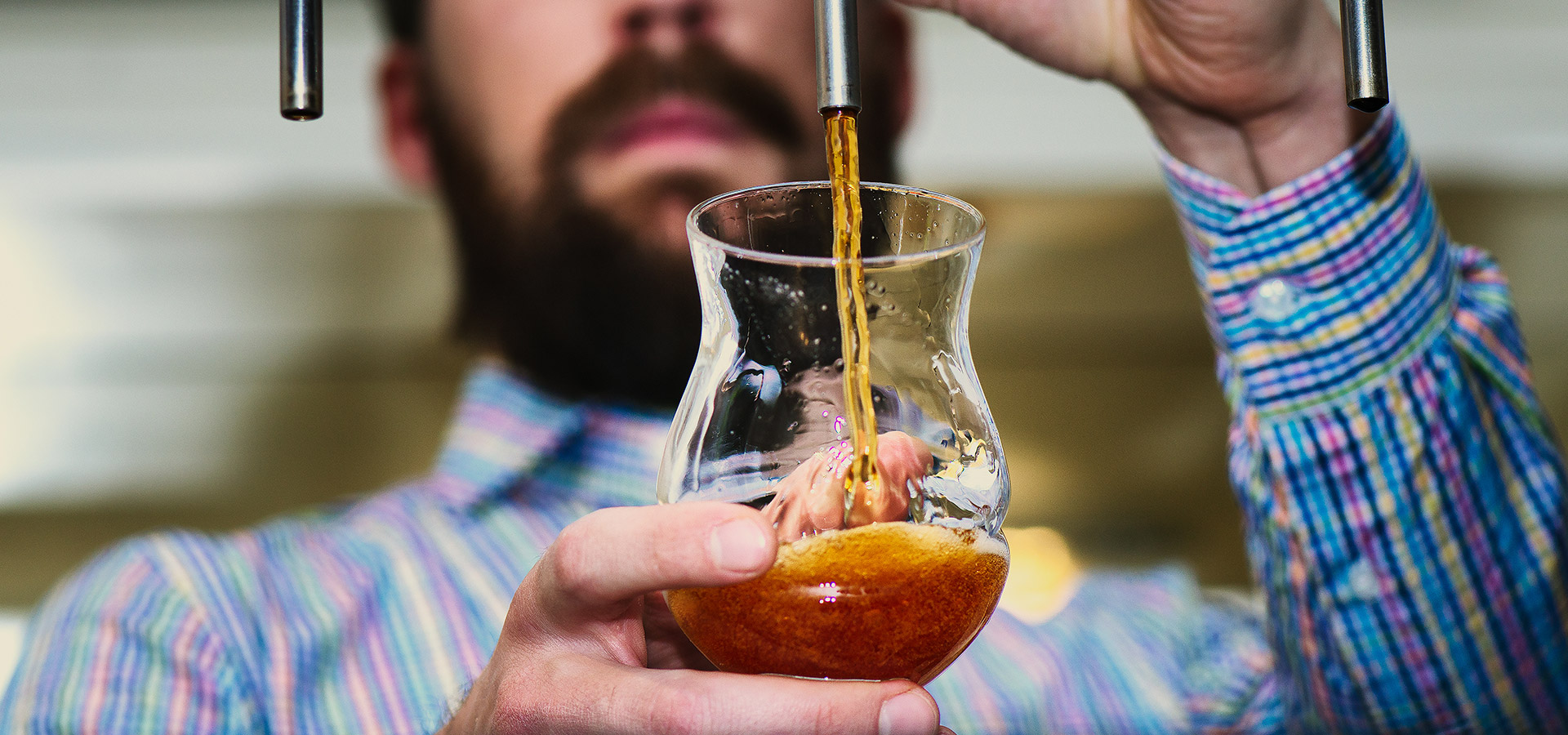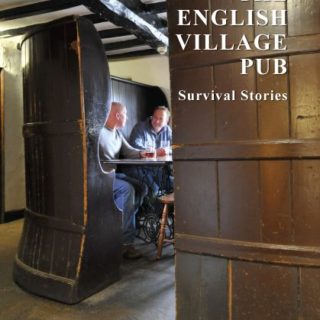The English Village Pub: Survival Stories - Book Summary
Background
The UK has lost 21,000 pubs since 1980. Half of these closures have taken place since 2006. Although there are 48,000 pubs still in existence in England today this is the highest rate of closure since the 1904 Compensation Act saw 10% of pubs forced to close. These pubs rarely reopen as, nowadays, most are converted to residential or retail use. According to the British Beer and Pubs Association the total number of pubs in the UK decreased from 67,000 to 51,200 in the period 1982 – 2014, [Cabras and Mount, 2017].
The tough competition faced by off-licences and supermarkets with regard to alcohol prices has also had an impact on the attractiveness of pub nights. There has been an increase from 10% to about 42% in total alcohol sales made through off trade premises and a corresponding decrease from 90 to 58% in on trade sales, [pubs, clubs, restaurants, et cetera] between 1971 and 2006. This situation provides a clear incentive for people to drink at home and has had a devastating effect the pubs as it erodes their customer base and this effect is even worse when combined with the growth of home entertainment [Cabras and Mount, 2017].
A common reply to the question of why so many pubs are closing is that society has simply moved on. People have warm, comfortable homes and would prefer to share a bottle of wine in front of the television than spend the evening in the pub. The shift from the pub to the home and other venues has been a long and gradual one. In the late nineteenth century, music hall, day trips on the railway, dog-racing and professional football challenged the pub’s virtual monopoly as a working class leisure activity. Cinema, bingo, radio, television and the internet followed in the twentieth century.
Amongst the social changes that have affected the pub’s fortunes are the nation’s taste in alcohol, which has undergone a dramatic shift in recent decades with the rise of lager and the decline of traditional ale and stout as a percentage of beer sales [BBPA, 2014]. Unlike real ale, lager purchased in cans and bottles is very similar to that which comes out of a pub’s tap. Wine is the same whether bought from a pub or an off license. In terms of the quality of drink publicans add less value than they did when they were responsible for keeping good beer and rotating their selection of ales. Beer sales have declined in both the on and off trade, but pubs have been harder hit than off-licences and supermarkets. On a per capita basis, the off trade was selling 16 per cent less beer in 2013 than it had sold in 2003, but the on trade was selling 54 per cent less – an incredible decline in the space of ten years [BBPA, 2014: 30-31]. At the start of the millennium, two-thirds of all beer was sold in pubs and other licensed venues. By 2013, the on trade’s share of this dwindling market had fallen to barely half [BBPA, 2014: 14]. Britons are not just losing their taste for beer they are losing their taste for beer in pubs in particular.
Our recently published book focuses on how four village pubs have managed their survival. There are of course some similarities such as working to become the centre of their village and a vital part of village life and at the same time having to search far and wide to increase their footfall, for it is clear from our research that these pubs cannot survive in financial terms with only village support. The diversity of the village is changing. In the area, in which this research took place, villages are more middle class; there are more 2nd home owners; more pensioners and fewer rural poor in the villages. This indicates a transition to a new kind of community [Newby-1984, p.194]. A population of 3-500 can support a pub, shop, school, with 30-50 pupils. A doctor has to have at least 2000 patients to 3 doctors, 6000 inhabitants [ibid. p.274-5]. However, each of the village pubs, selected for this research, have a distinctive ownership and we describe the consequences of this distinctive ownership for the pub’s survival,
…each village pub has its own unique cultural terrain…..Thus terrain is used as a metaphor to refer to the sedimentary layering of networks of these specific cultural resources. A pub’s cultural terrain is therefore a kind of ‘spaghetti junction’ that includes foremost the pub network, referring to links with suppliers/customers, but also the pub and village networks [i.e. cultural resources]; thus different practices and meanings overlay one another to shape the pub’s terrain overall [Mayo et.al. 2005, p.844].
Our aim is to show the range of strategies used in specific situations that may be of help to other villages committed to the survival of their pub.
The Pubs
The four case study pubs are the Carpenters Arms in Miserden which survives due to the resourcefulness and creativity of the couple who lease it from Admiral Taverns. The second is the Hog at Horsley and has only been open in its present form since 2013 after it had been closed for seven years. The pub is leased to a married pair of entrepreneurs who are Co-Publicans and at the time of taking over the Hog lease the female partner (Helen) managed their extensive daytime café in a nearby town. Since reopening The Hog, they have also renovated a Bank in the middle of in the nearby town turning it into a Cocktail Bar for evening use, which appears to be very successful and they have their offices there. The third is the Woolpack Inn Slad which is loved by a wide clientele as a contrast to mass produced fake commercial pubs and is supported by the dedication of the environmentalist/owner who has preserved its past. The last pub is the Red Lion in Arlingham which is owned by village and has brought the community together in a joint enterprise to ensure the survival of their village pub.
Research Summary
The Co-Publicans at the Carpenters Arms in Miserden are still running the pub after the company renovated it following the fire that closed it for seven months ago in 2017. They are delighted to be back in the pub and hoping to revive its past success. They derive a profit by working long hours and managing with only one full time member of staff and one part timer, spending no more than 21% of the turnover on staff.
The leaseholders of the Hog faced a significant drop in trade due to the main road closure in late 2017 and are battling to maintain the three businesses in the hope that the Wine Bar project will increase turnover significantly as it grows and is able to help out the village pub when footfall reduces from time to time. Their lease on the pub runs out in 2019 and it is to be hoped they can find a way to maintain its existence.
The Co-Directors of the Woolpack gave up their lease in the autumn of 2017 although the Director/chef still works there on a salary paid by the owner who has taken control of the pub again and is carrying out renovations such as extending the cellar and the dining room. He has employed a manager for the time being and turnover appears to be increasing but the investment in the pub, currently, will no doubt reduce any profit if included as part of the business expenditure or the owner could see it as a personal contribution.
The Red Lion in Arlingham is owned by shareholders who live in the village but it appears that they have not had a dividend from the business, although they received tax relief on their capital input for the first three years of their investment. It is over two years since that tax relief finished and any profit is put back into the business. We are told that the shareholders see their investment as being in the building as it increases its value and the value of having a pub in the village which helps maintain house prices of their own properties.
The publicans involved with this research invested a great deal of themselves into these businesses and there is no doubt they gained a lot in terms of social relations and emotional satisfaction from being able to generate joy and pleasure for those using their pubs. However, in order to produce a profit from the village pub managers have to work very long hours, owners have to invest a great deal of personal energy and sometimes financial support and they all have to employ the goodwill of villagers and regulars to aid survival.
Contribute your pub survival story to our website or FB site.

